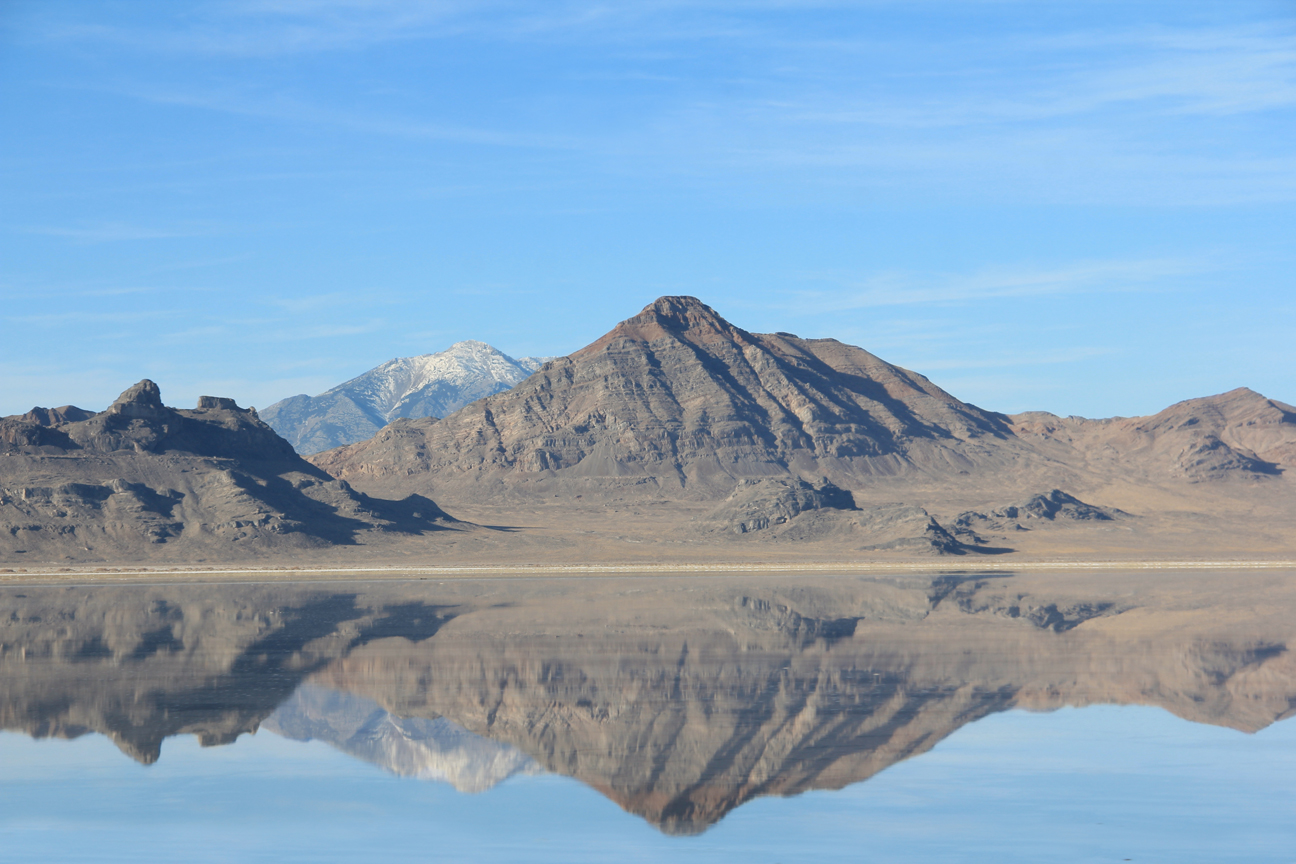R for Water Resources
2019 AWRA National Meeting, 11/4/2019
Use arrow keys or click the arrows to advance.
Introduction
These slides provide resources and examples for two common water resources applications in the R programming language.
A companion workflow to get all the data and perform processing operations is available here.
- Introduction to examples
- Background and resources
- Data access
- Data visualization
- Spatial intersection
- Water budget analysis
- Trend analysis
- Synthesis
Application 1:
Water Budget
Access and compare precip, actual ET, and
streamflow.
Data sourced from web services using R packages shown later.
Application 2: Trends and Plotting
Exploration and Graphics for RivEr Trends (EGRET): A package for analysis of long-term changes in water quality and streamflow.
Background:
- R hydro tools build on many community packages.
- tidyverse, r-spatial, etc.
- Plotting with base-r and ggplot2.
- Many timeseries packages.
- Lots of CRAN “task views”!
- Web-search is your friend!
Spatial Data Access
See a nhdplusTools tutorial here.
library(nhdplusTools)
site <- list(featureSource = "nwissite",
featureID = "USGS-10128500")
line <- navigate_nldi(site, "UT", "")
site <- navigate_nldi(site, "UT", "nwissite")
nhdp <- subset_nhdplus(ut$nhdplus_comid,
"nhdp_subset.gpkg",
"download")
Observations Data Access
Get USGS and EPA water data. See a dataRetrieval tutorial here.
library(dataRetrieval)
flow <- readNWISdv("10128500", "00060")
Spatial data visualization can be accomplished in several ways.
This example uses base R plotting and the prettymapr and rosm packages.
Output is shown on the next slide.
prettymap(title = paste("NHDPlus and NLDI data for the", outlet_name),
scale.label.cex = 2, scale.padin = c(0.25, 0.25),
drawarrow = TRUE, arrow.scale = 2,
mai = c(0.5, 0, 0, 0), { # margin for legend
osm.plot(nhd_bbox, type = "cartolight", quiet = TRUE, progress = "none")
plot(gt(nhd_cat), lwd = 0.5, col = NA, border = "grey", add = TRUE)
plot(gt(nhd_basin), lwd = 1, col = NA, border = "black", add = TRUE)
plot(gt(nhd_fline), lwd = streamorder, col = "blue", add = TRUE)
plot(gt(nhd_area), col = "lightblue", border = "lightblue", add = TRUE)
plot(gt(nhd_wbody), col = "lightblue", border = "lightblue",add = TRUE)
plot(gt(wqpsite), col = "red", pch = 46, cex = 1.25, add = TRUE)
plot(gt(nwissite), col = "black", bg = "lightgrey", pch = 24, add = TRUE)})
See the project source code for legend code.
While extremely configurable, base-R plotting can be tedious. ggplot2 offers a different approach to plotting that some find more convenient.
Index Sites to Flowlines
nhdplusTools can attach sites to NHD flowlines using a nearest neighbor search with sites and geometry nodes.
nhdplusTools::get_flowline_index(
points = sites,
flines = flowline,
search_radius = 100, # units of flowlines
precision = 10), # maximum node spacing
| COMID | REACHCODE | REACH_meas | offset |
|---|---|---|---|
| 10093110 | 16020101000048 | 44.3 | 48.2 |
| 10273232 | 16020102000008 | 87.8 | 7.0 |
| 10274616 | 16020102000017 | 48.7 | 33.5 |
| 10274270 | 16020102000135 | 45.7 | 22.9 |
| 10092262 | 16020101000948 | 17.9 | 33.5 |
Spatial Intersection
The code below shows the anatomy of an intersectr workflow. It uses an OPeNDAP service to access remote data the same way it could a local NetCDF file.
library(intersectr)
cells <- create_cell_geometry(x_coords, y_coords, nc_projection, catchment)
poly <- sf::st_as_sf(dplyr::select(catchment, ID = featureid))
weights <- calculate_area_intersection_weights(cells, poly)
dap_uri <- "https://cida.usgs.gov/thredds/dodsC/UofIMETDATA"
execute_intersection(nc_file = dap_uri,
variable_name = "precipitation_amount",
intersection_weights = weights,
cell_geometry = data_source_cells,
x_var = x_coord, y_var = y_coord, t_var = t_coord,
start_datetime = "2009-10-01 00:00:00",
end_datetime = "2010-10-01 00:00:00")
intersectr is a highly scalable and adaptible workflow component. It is still an “in development” package.
Results of intersection shown individually on the left and differenced below.
Runoff and Infiltration?
Water Budget Analysis
Trend Analysis with EGRET
EGRET includes a function to calculate a weighted regrestion on time, discharge, and season (WRTDS).
library(EGRET)
Daily <- readNWISDaily(siteNumber = "10128500")
Sample = readNWISSample(siteNumber = "10128500",
parameterCd = "00095",
endDate = "2018-01-01")
INFO = readNWISInfo(siteNumber = "10128500",
parameterCd = "00095",
interactive = FALSE)
eList = mergeReport(INFO = INFO,
Daily = Daily,
Sample = Sample) %>%
modelEstimation()
Gets daily flow, sampled concentration, and site information. mergeReport prepares data for modelEstimation which performs a Weighted Regrerssions on Time, Discharge, and Season model fit, returning timeseries and flow-concentration surfaces.
This plot is the WRTDS model result of specific conductance concentration over time and discharge.
This plot uses the model to show how June concentration changes over time at specific discharge conditions.
Summary
- Two applications: budgets, trends
- Both spatial and observational
- All data from web services
- All functionality in the open source
- Check out the CRAN Hydro-task view
- DOI-USGS is a great place to learn more!
